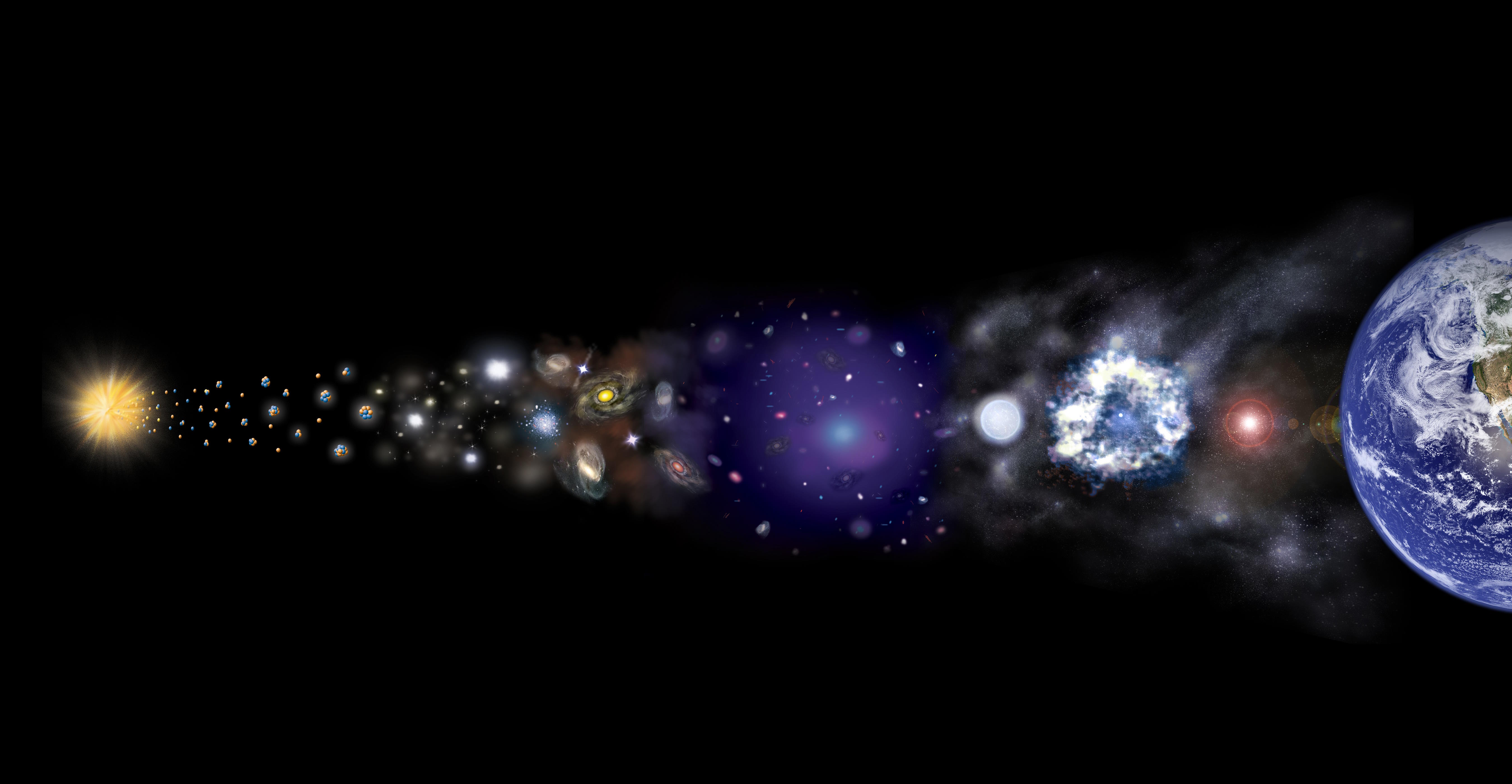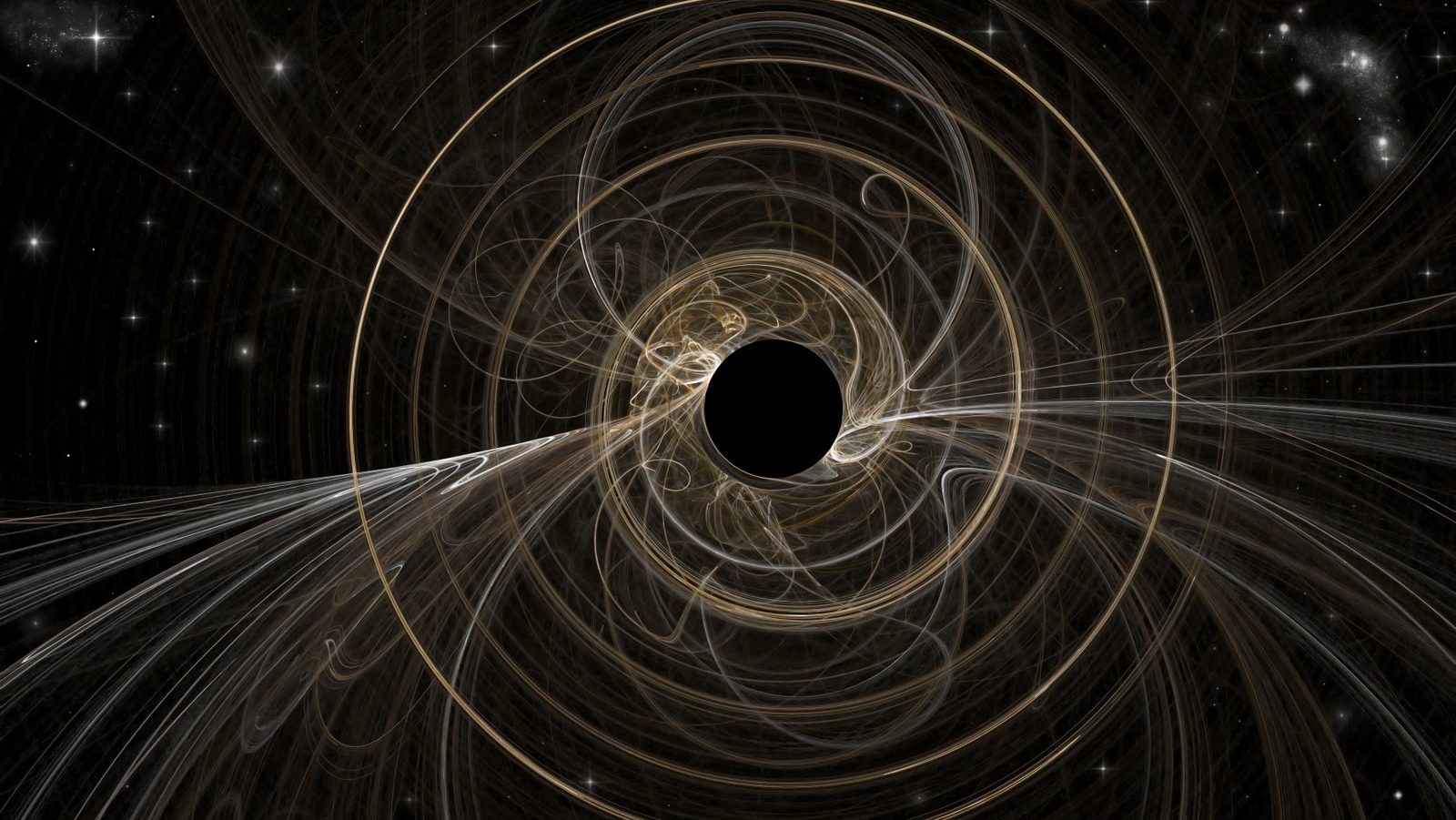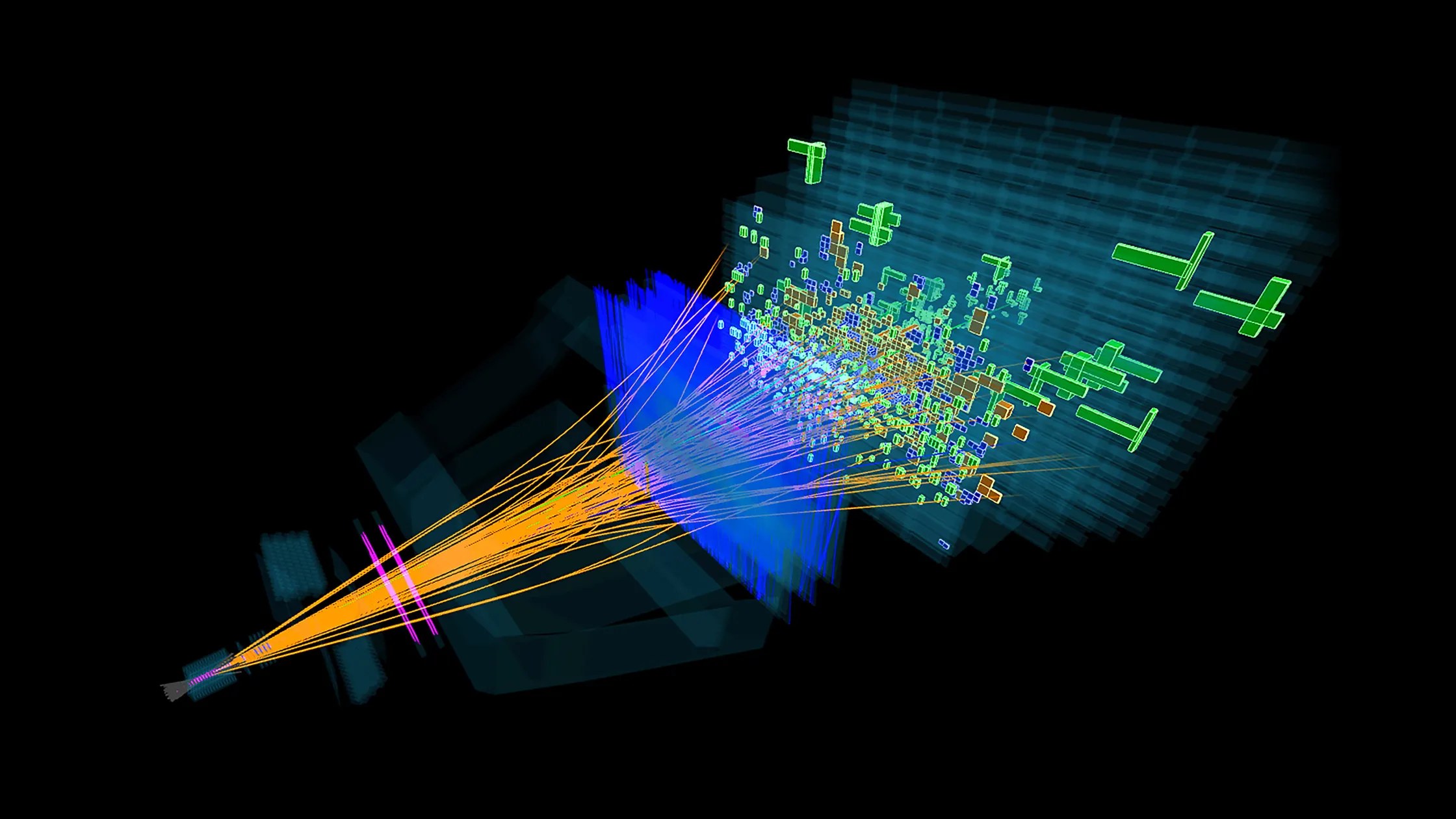How to prove Einstein’s relativity for less than $100
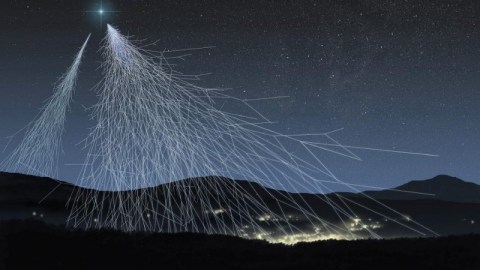
With off-the-shelf materials and a little dry ice, you can discover particles that wouldn’t exist unless relativity were real.
“The experiments that we will do with the LHC [Large Hadron Collider] have been done billions of times by cosmic rays hitting the earth. … They’re being done continuously by cosmic rays hitting our astronomical bodies, like the moon, the sun, like Jupiter and so on and so forth. And the earth’s still here, the sun’s still here, the moon’s still here.” –John Ellis
The idea of special relativity is still one of the most difficult for people to wrap their heads around. We’re so used to thinking of space and time as fixed, unchanging entities — you can take a map and a clock anywhere, after all — that it’s hard to imagine that they do change dependent on how you move. Yet it’s incontrovertibly true: if you travel close to the speed of light, distances contract in your direction of motion, while time will dilate more and more the faster you move. It’s such an outlandish idea that today, more than a century later, many still don’t accept it. Yet it’s not only true, but you can prove it to yourself for under $100 and with less than a day’s worth of labor.
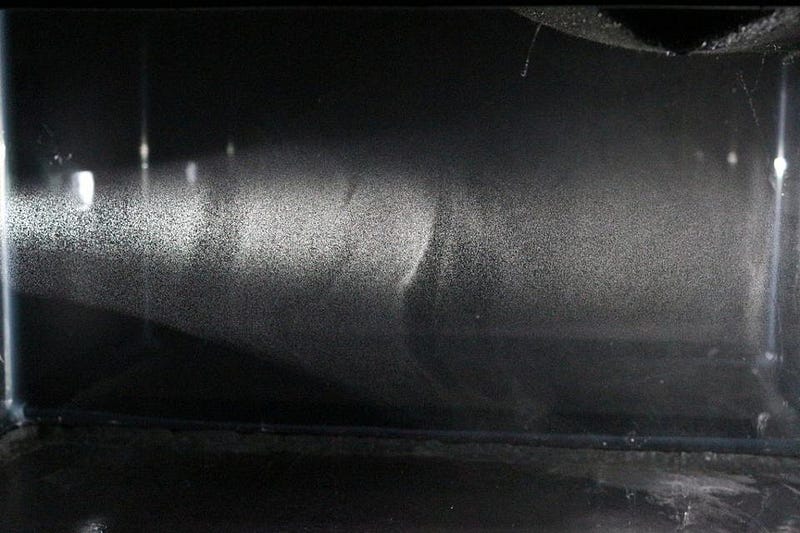
All you need to do is build yourself a cloud chamber. You might not be able to see individual, subatomic particles with your own eyes, as the wavelengths of light our eyes can perceive are virtually unaffected by them. But if you create a vapor out of alcohol — pure, 100% alcohol like isopropyl or ethyl alcohol (anything less than 90% will not work!) — a fast-moving, charged particle will create a trail that you yourself can visually see! As a charged particle moves through the alcohol vapor, it will ionize a path of alcohol particles, which act as centers for condensation. What you wind up with is a trail that’s large enough and long-lasting enough that you can see it with the naked eye.
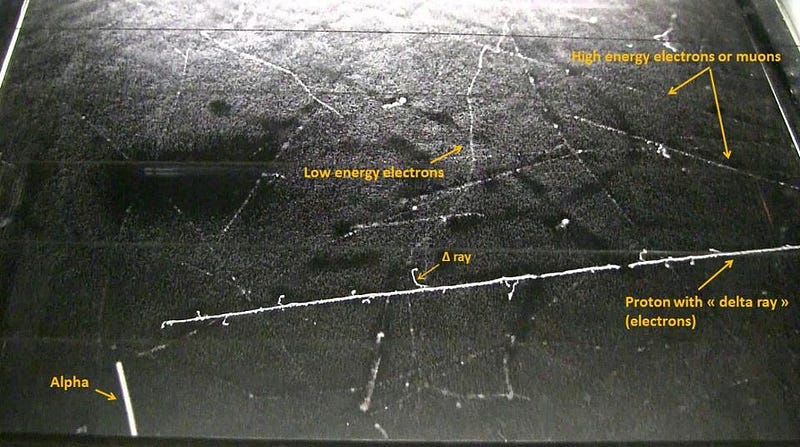
A cloud chamber can be built, by you, at home, for less than $100. There are some detailed guides around, but here’s the simple rundown:
- Start by obtaining a rectangular aquarium fish tank, one that has good, solid seals around all the edges and will not leak.
- Cut three large pieces of thick, insulating foam of the same size: two with rectangular holes big enough for the fish tank to fit inside, one that you leave solid for your “base”.
- Cut a piece of galvanized steel sheet metal the same size as the insulating foam. Attach black card stock or matte black felt, or spray paint it with matte black paint, for the surface the size of the fish tank.
- Put the metal plate between the two top layers of insulating foam; add a two-sided layer of modeling clay for the tank to fit around. Add water or some of the alcohol solution into the groove so that when you put the tank atop it, no air can get in or out.
- Modify the fish tank by adding a layer of felt or sponge-like material to the tank’s base. Secure it good; it will be upside-down! Once that’s set, you’re ready to put it all together.
- Place some dry ice in the first two layers (solid base and hollow rectangle) of the insulating foam, then put the metal plate (black side up) atop that, then the last layer of insulating foam. Then put the water/alcohol into the clay groove, while simultaneously soaking/saturating the felt/sponge layer in the fishtank with the alcohol solution. (Pro tip: use more alcohol for saturating the felt/sponge layer than you think you ought to; don’t be stingy here!) Flip the fishtank over and put the edges inside the metal grooves, so that you have an airtight seal all around with the alcohol vapor inside.
- Turn off all the lights so it’s in a dark room, shine a bright flashlight (or projector) through the tank, place a warm, heavy object (like a folded towel, fresh out of the dryer) atop the tank, and wait about 10 minutes.
Your reward for this work? You’ll see the supersaturated alcohol vapor appear, and towards the bottom of the tank, you’ll start to see about one “trail” form in the tank each second: more or less depending on the size of your tank.
https://www.youtube.com/watch?v=mI1FPT0U8Qo
This is how you can see relativity for yourself. All of the particles that make practically vertical trails are cosmic rays: created when high-energy particles (mostly protons) hit the upper atmosphere at high energies. They form a cascade of high energy particles, many of which are unstable and decay. The vast majority of the particles that make tracks in your detector — and a slightly more sophisticated setup that has deflector magnets and an energy detector/calorimeter at the bottom can measure this — will be muons.
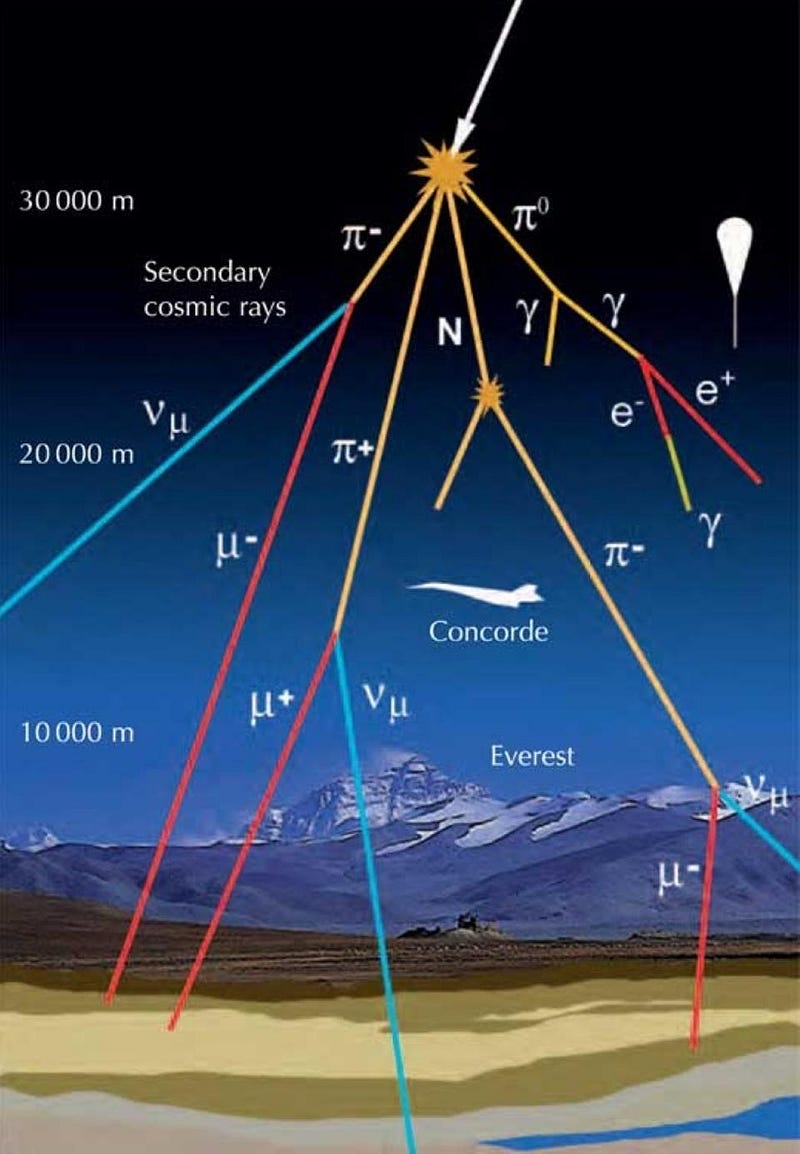
Muons are unstable particles: heavier cousins of the electron that are otherwise identical to them. But because they’re unstable, a muon can decay to an electron (and a neutrino and an antineutrino, which are invisible) after a short amount of time: 2.2 microseconds on average. Rarely, in your cloud chamber, you’ll see a vertical track with a “kink” in it; that’s actually a muon decaying before your very eyes! If you run and watch your cloud chamber for about an hour, you’ll likely catch a couple of these events.
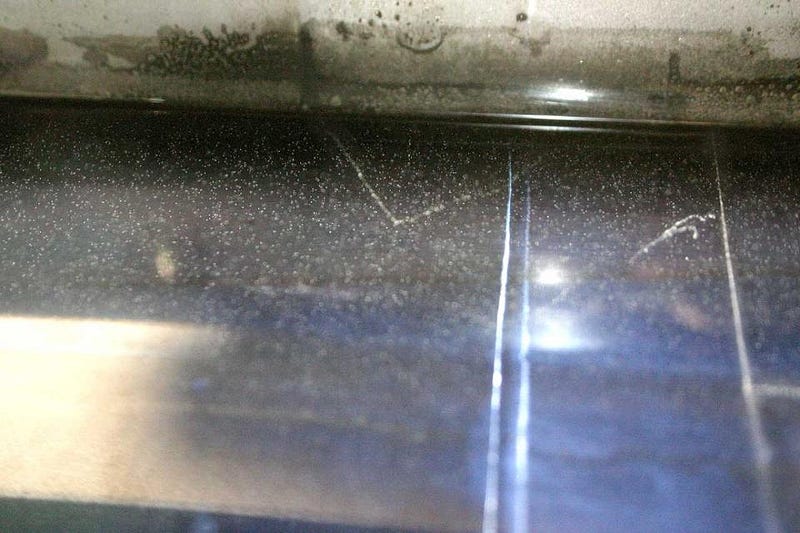
But the fact that you can see cosmic ray muons at all is enough to prove that relativity is real. Think about where these muons are created: high in the upper atmosphere, about 30-to-100 kilometers above Earth’s surface. Think about how long a muon lives: about 2.2 microseconds on average. And think about the speed limit of the Universe: the speed of light, or about 300,000 kilometers per second. If you have something moving at the speed of light that only lives 2.2 microseconds, it should make it only 0.66 kilometers before decaying away. With that mean lifetime, less than 1-in-10⁵⁰ muons should reach the surface. But in reality, almost all of them make it down.
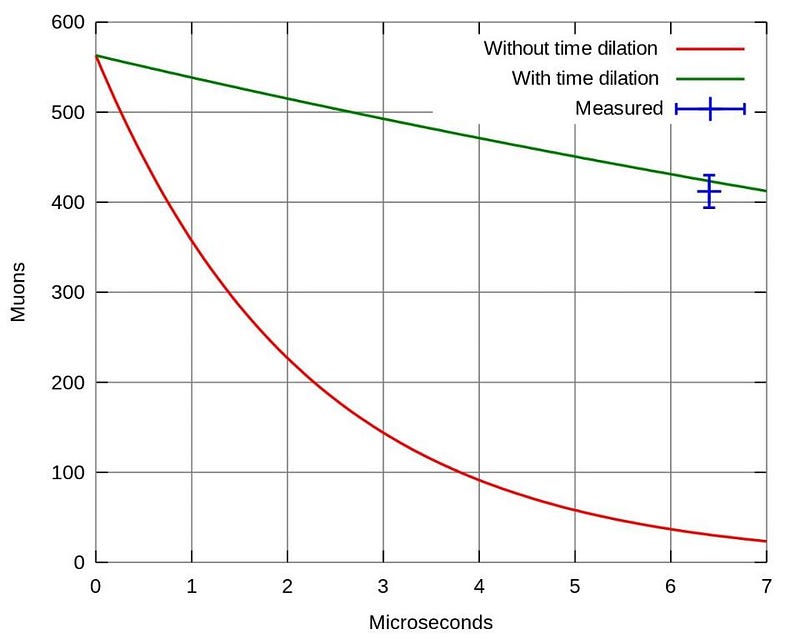
Why? From our point of view (or frame-of-reference), because of time dilation. The closer you move to the speed of light, the slower your clock appears to run. And these cosmic ray muons have such high energies that a journey which takes about 300 microseconds from our point-of-view only takes about 1 microsecond for the muon. Time dilation allows these particles to live.
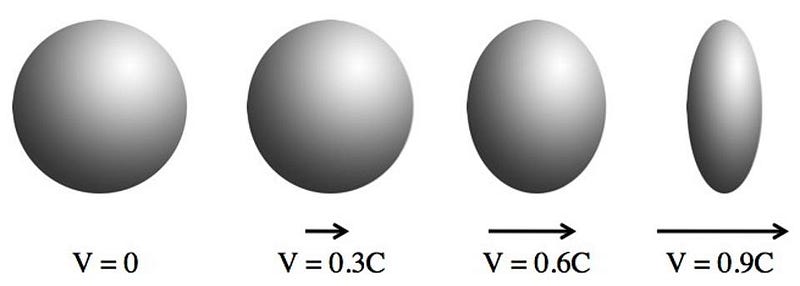
From the muon’s point of view, it’s length contraction that allows it to survive. It “sees” the Earth (and the Earth’s atmosphere) as being compressed in its direction of motion, to the point where the entire atmosphere of Earth is less than 1% of its size in our rest frame. A distance of 100 kilometers, to us, might look like a mere 300 meters to the muon. It can easily make that journey.
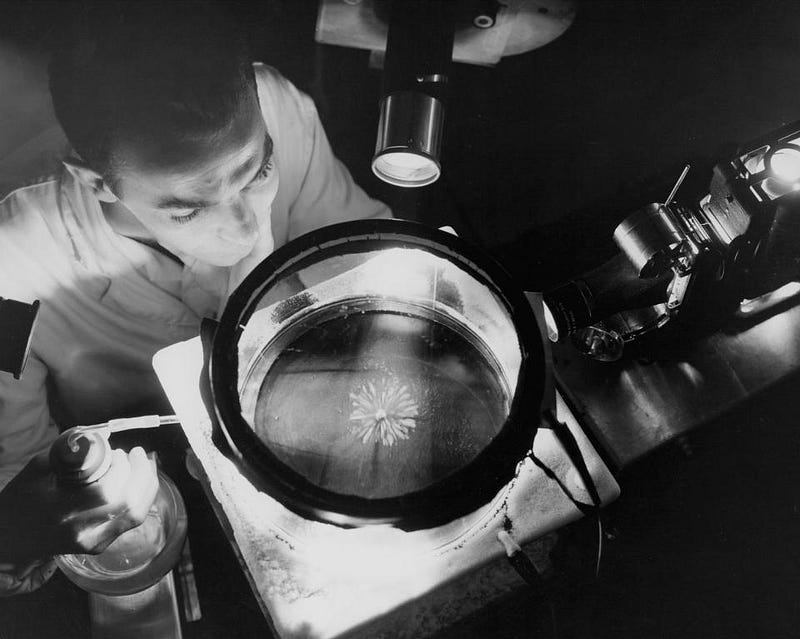
Go ahead, relativity doubters, and spend a day proving it to yourself. The supplies are cheap and readily available, and you can do the physics for yourself! For a bonus way to enjoy a cloud chamber, put a small radioactive source — like the mantle from the inside of a smoke detector — on the metal plate at the bottom, and see what slow-moving charged particles coming from a different direction look like as well. But when those vertical muon tracks come, especially on those rare occasions where you see the decay kinks, there’s no doubting relativity anymore. Time dilation and length contraction are real, and that’s how you can prove it to yourself!
Starts With A Bang is based at Forbes, republished on Medium thanks to our Patreon supporters. Order Ethan’s first book, Beyond The Galaxy, and pre-order his next, Treknology: The Science of Star Trek from Tricorders to Warp Drive!


